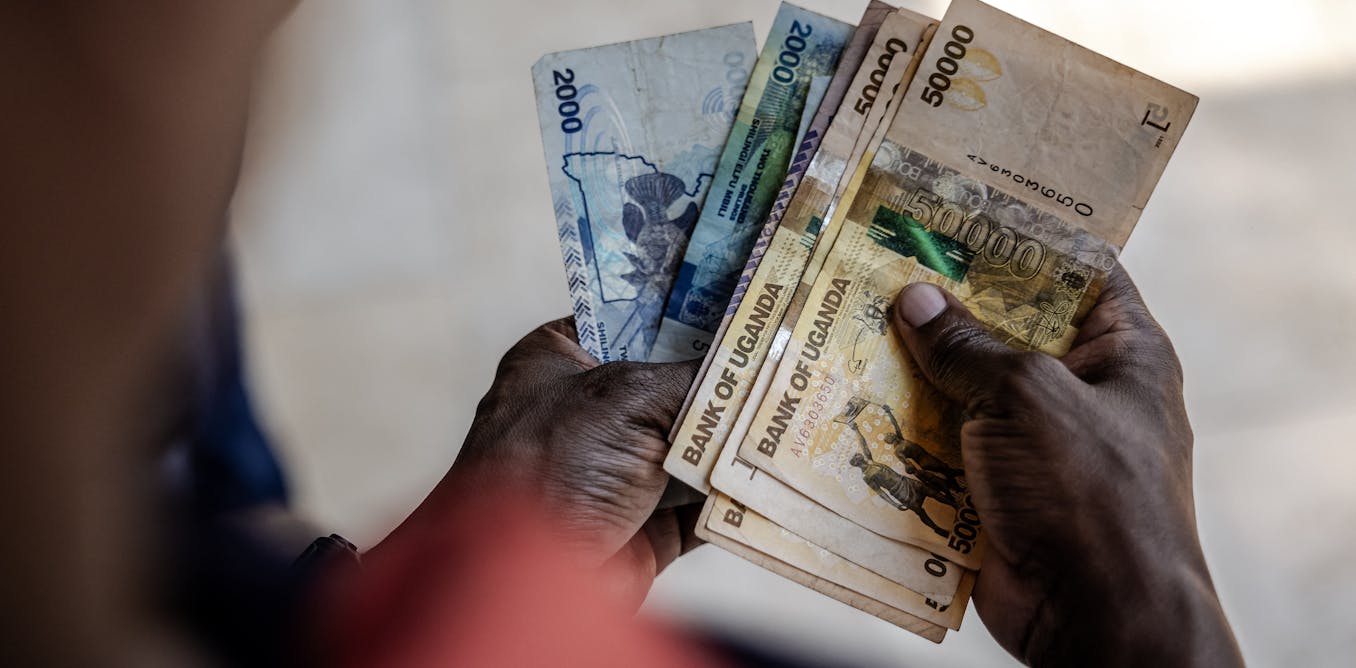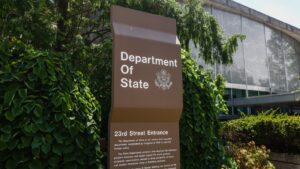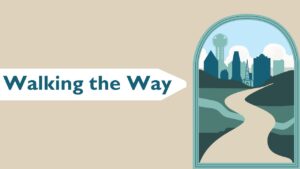(The Conversation) —
Imagine being unable to borrow money for basic needs or emergencies because the bank is too far away or demands collateral or identification that you can’t provide. For millions of rural people living in poverty around the world, this is a daily reality. Yet a recent study my research team conducted suggests that a simple, powerful solution exists: community savings and lending groups.
Such groups, formed with support from nongovernmental organizations, typically offer bookkeeping training to community members and provide a secure box for storing funds. The groups manage their own microloans and grants, and pool the earned interest at the end of the year. Local savings and lending groups have caught on in recent years, coming to serve over 12 million people in 70 countries.
Because they operate with trust, local knowledge and built-in flexibility, they’ve been shown to achieve high repayment rates. This model has proved to be particularly empowering for women in low- and middle-income countries.

Courtesy of the Kellogg Institute, University of Notre Dame
But there’s a catch: Their lending capacity is limited by what members can save. Each year, the members of the group start from zero and begin to pool their funds by making small weekly contributions of whatever they’re able to save. This means that during the first few months of their annual cycle, the groups often have no money available for borrowers.
But what if outside entities – say, philanthropists or NGOs – offered an injection of capital? Could these groups manage funds effectively? My colleagues and I set out to find the answer.
Savings groups + external capital = a winning formula?
As a group of international development researchers and development economists, we conducted a randomized experiment in rural Uganda.
In partnership with researchers at Uganda Martyrs University, we distributed funds provided by a private donor to 50 savings groups. Each received about US$450, which was about 25% of their median annual savings. We wanted to see if these groups would be as good stewards of outside funds as they are with their own savings. We also tracked 50 more groups that were similar in every respect but which only managed funds from community members.
We found that recipients of the external capital took out more loans and received greater payouts due to additional earned interest. We also didn’t find any differences in default rates, payment delays or savings rates, which suggests savings groups didn’t make riskier loans or loosen their repayment policies after receiving outside funds.
We also found no evidence that the outside funds “crowded out” local savings by encouraging local members to reduce their own contributions, as some might fear. Our cost analysis also found that investing external capital in these groups generates a 40% rate of return.
These findings could have important implications for NGOs that work to make financial services more accessible. Providing capital to the savings groups they’ve already helped communities establish can be a simple way to boost access to loans for group members when they need it most — not only at the beginning of the groups’ annual cycles when funds are low, but during planting seasons for farmers or during disasters in areas vulnerable to climate change or conflicts.
After completing our study, the savings groups repaid the money they borrowed. We then loaned that money to the control groups so they could also take advantage of the additional capital as well.
What questions remain unanswered
Our findings show that savings groups are good stewards of outside capital funds in rural Uganda – but since community trust and social cohesion depend on local culture, what works in Uganda might not work in, say, Bangladesh. More research in different countries and contexts is necessary. Similar savings groups are popular in Asia, Latin America and other countries in Africa.
What’s more, some savings groups cater to certain types of people — there are youth- and women’s- only groups, for example. Further research could investigate if outside capital is particularly useful for any of these types of groups.
But for now, this study offers a promising and effective intervention that could help some of the world’s most vulnerable people access money when they need it most.
—
Read More News from The Conversation





